One of the most striking scenes in Andrei Tarkovsky’s 1972 outer-space allegory Solaris is psychologist Kris Kelvin’s first encounter with a being which seems to be his wife, who had died a decade earlier. The unsettling incident’s inherent tension is heightened by its sonic backdrop: rumbling, a peculiarly musical pink noise, lightning-like bolts of sound. This was created on the ANS synthesiser (AHC in Russian script), a device invented in Soviet-era Russia.
The inspirational figure for the ANS was Boris Yankovsky, who was working with creating synthetic sound from the early 1930s. In 1932, he devised a patent for a system of producing sound from a graphical source: the Vibroexponator – where drawn lines were read by a beam of light and converted into sound. Six years later, he began working with Evgeny Murzin. A further year on, Yankovsky and Evgeny Sholpo – also working on creating sound by electronic means – founded the Laboratory for Graphical Sound in Leningrad.
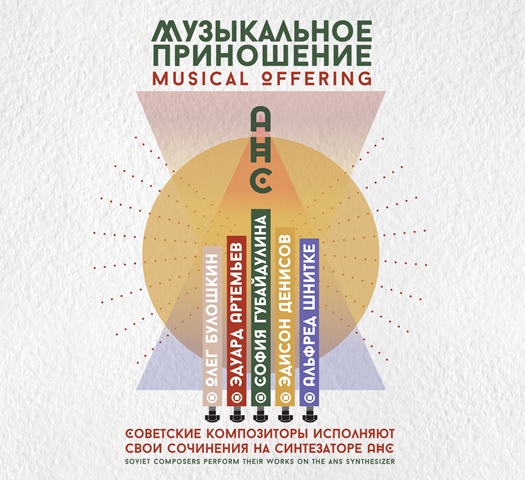 Although the lab closed in 1950, Murzin continued working and patented the ANS Synthesiser in 1957. It was named after composer Alexander Nikolayevich Scriabin, who had an interest in synaesthesia: light interpreted as sound – what the device did. (pictured right, the reissue of Musical Offering)
Although the lab closed in 1950, Murzin continued working and patented the ANS Synthesiser in 1957. It was named after composer Alexander Nikolayevich Scriabin, who had an interest in synaesthesia: light interpreted as sound – what the device did. (pictured right, the reissue of Musical Offering)
The ANS co-opted cinematography’s photo-optical process, where part of a 35mm film strip is read and converted into sound. Sholpo had done this earlier with his own device, the Variophone. In the UK, the conversion of graphical forms on a film strip into sound was the basis of the Daphne Orman’s Oramics machine. The Russian pioneers were not on their own.
Murzin did not use film though. Instead, sheets of glass were covered in a viscous layer into which anything could be inscribed: notation, sine waves, images of trees. The machine’s photo-electronic process converted this into sound. Each sheet of glass was held in a slot, a bit like those holding CDs in a CD jukebox. The ANS could create 720 different tones – more microtones than the standard musical scale. It was also polyphonic. And massive – it was taller than a person.
In Moscow, in 1967, an electronic music studio was established. On board were the composers Eduard Artemyev, Edison Denisov, Sofia Gubajdulina, Stanislav Krejchi, Alexander Nemtin and Alfred Shnitke. A version of the ANS survived the breakdown of the Soviet Union and is in Moscow’s Glinka Museum of Musical Culture. It was used by Coil for their 2004 album project ANS.
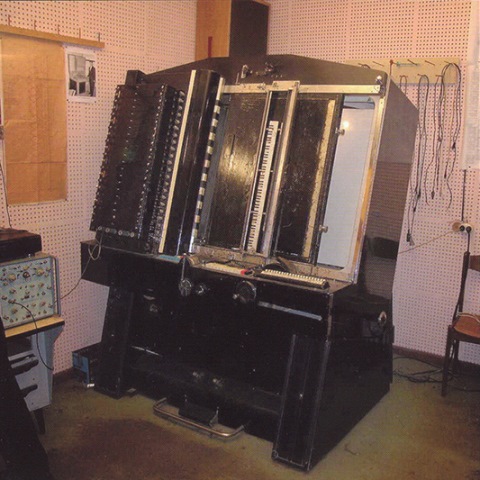 Film soundtracks became the easiest way to hear the ANS. Amongst them, Solaris, 1963’s Toward Meeting a Dream (Мечте, навстречу), Tarkovsky’s later films Mirror and Stalker. The first record featuring the ANS came out in 1969 on the state-run Melodia label (Мелодия) and was reissued in 1970. The 10-inch album Electronic Music (Электронная музыка: also titled АНС / ANS) included Eduard Artemyev’s and Stanislav Krejchi’s music for the film Cosmos. (pictured left, the ANS synthesiser)
Film soundtracks became the easiest way to hear the ANS. Amongst them, Solaris, 1963’s Toward Meeting a Dream (Мечте, навстречу), Tarkovsky’s later films Mirror and Stalker. The first record featuring the ANS came out in 1969 on the state-run Melodia label (Мелодия) and was reissued in 1970. The 10-inch album Electronic Music (Электронная музыка: also titled АНС / ANS) included Eduard Artemyev’s and Stanislav Krejchi’s music for the film Cosmos. (pictured left, the ANS synthesiser)
Belatedly, further ANS material from this period was first issued in 1990 by Melodia as Musical Offering (Музыкальное приношение). The album collected a series of recordings dated on the record’s sleeve and label to 1971. It was reissued in 1991. All of its tracks reappeared again in 1999 on the CD Electroacoustic Music Volume IV: Archive Tapes Synthesizer ANS 1964-1971. Now, Musical Offering is out on CD in the UK. Confoundingly and inexcusably, the new digi-pack release lacks liner notes, relevant images or anything contextualising it.
Musical Offering features works by Eduard Artemyev (“Mosaic” [“Мозаика"] and “Twelve Looks at the World of Sound” [“Двенадцать Взглядов На Мир Звука”]), Oleg Buloshkin (“Sacrament” [“Таинство”]), Edison Denisov (“Birds Singing” [“Пение Птиц”]), Sofia Gubajdulina (“Vivente-Non Vivente”) and Alfred Shnitke (“Stream” [“Поток”]). Irrespective of the background and how the music was made, this is amazing stuff. The Solaris soundtrack gives an idea of what to expect. There is also a family resemblance with Bebe and Louis Barron’s compositions for the 1956 film Forbidden Planet.(especially apparent on sections of Artemyev’s “Twelve Looks at the World of Sound”). Also, overall, it’s not that far from what Germany’s Kluster were doing over 1970 and 1971. The mid-point of Gubajdulina’s 10-minute “Vivente-Non Vivente (Alive and Dead)” is particularly intense. Musical Offering is a trip.
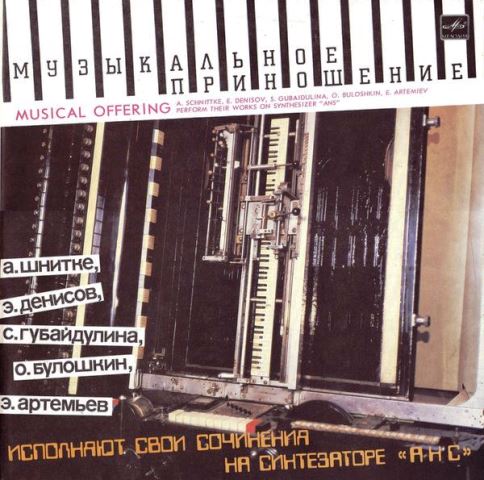 Although an instrument using discs read by light to create sound seems suitable only for use in laboratory setting, the concept did have legs. What Murzin and Yankovsky devised was not such a maverick idea. A device called the Optigan – short for Optical Organ – was marketed by the Mattel toy company in the early Seventies. It looked like a home electronic organ with a keyboard, but within it rotating discs were read by light to produce sound. Mattel manufactured discs with embedded wave forms, each to mimic different instruments. In 1974, this was developed into the Orchestron – a name purposely echoing the Mellotron, where tape loops were read by a playback head. The sounds available on the Orchestron's discs included cello, flute, French horn, Hammond B3 organ, pipe organ, saxophone, violin and vocal choir. (pictured right, the 1990 Musical Offering album featuring recordings from 1971)
Although an instrument using discs read by light to create sound seems suitable only for use in laboratory setting, the concept did have legs. What Murzin and Yankovsky devised was not such a maverick idea. A device called the Optigan – short for Optical Organ – was marketed by the Mattel toy company in the early Seventies. It looked like a home electronic organ with a keyboard, but within it rotating discs were read by light to produce sound. Mattel manufactured discs with embedded wave forms, each to mimic different instruments. In 1974, this was developed into the Orchestron – a name purposely echoing the Mellotron, where tape loops were read by a playback head. The sounds available on the Orchestron's discs included cello, flute, French horn, Hammond B3 organ, pipe organ, saxophone, violin and vocal choir. (pictured right, the 1990 Musical Offering album featuring recordings from 1971)
Florian Schneider of Kraftwerk bought an Orchestron while in the US in 1975. It was instantly used on tour there. The choir sounds on Kraftwerk’s Radio-Activity come from the Ochestron. From around 1974 to 1978, other musicians employed it: Patrick Moraz in Yes; Richie Blackmore’s Rainbow; it is on Jethro Tull's Too Old to Rock 'n' Roll: Too Young to Die! album. But Kraftwerk foregrounded it more than any other band.
The path from the Soviet-era ANS synthesiser to Kraftwerk isn’t linear. Yet it is plain. On its own, 1971’s important Musical Offering album is spectacular. Set in its context it assumes a conceptually greater importance, one integral to the development of popular music.
- Next week: The three CDs of Keeping Control - Independent Music From Manchester 1977-1981
- More reissue reviews on theartsdesk
- Kieron Tyler’s website

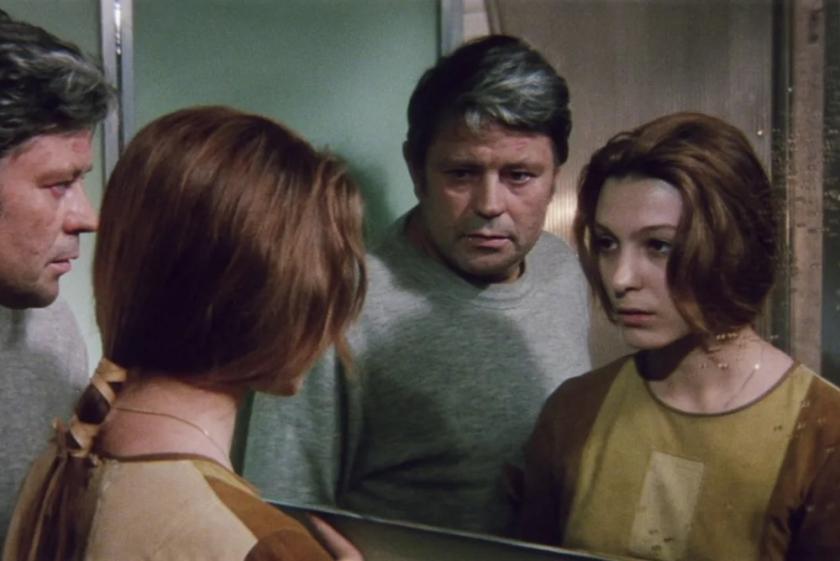

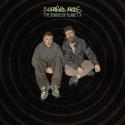
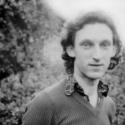
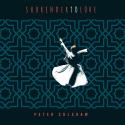




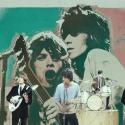
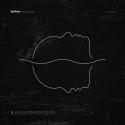

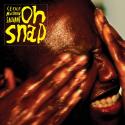

Add comment